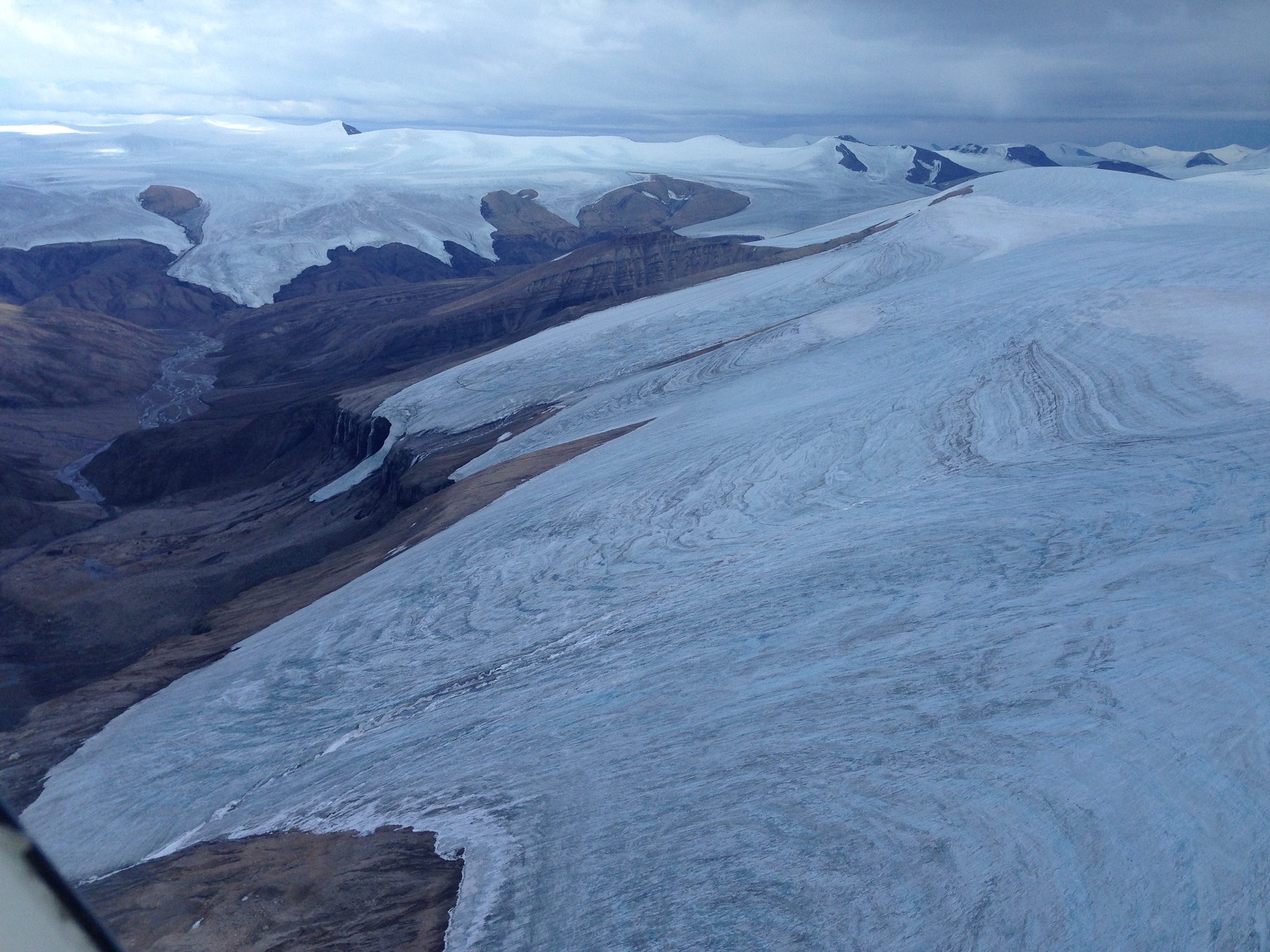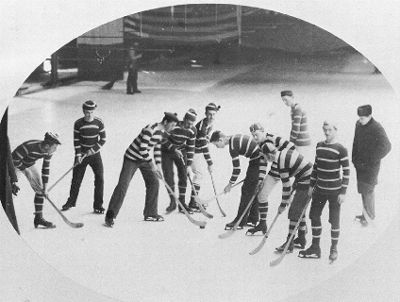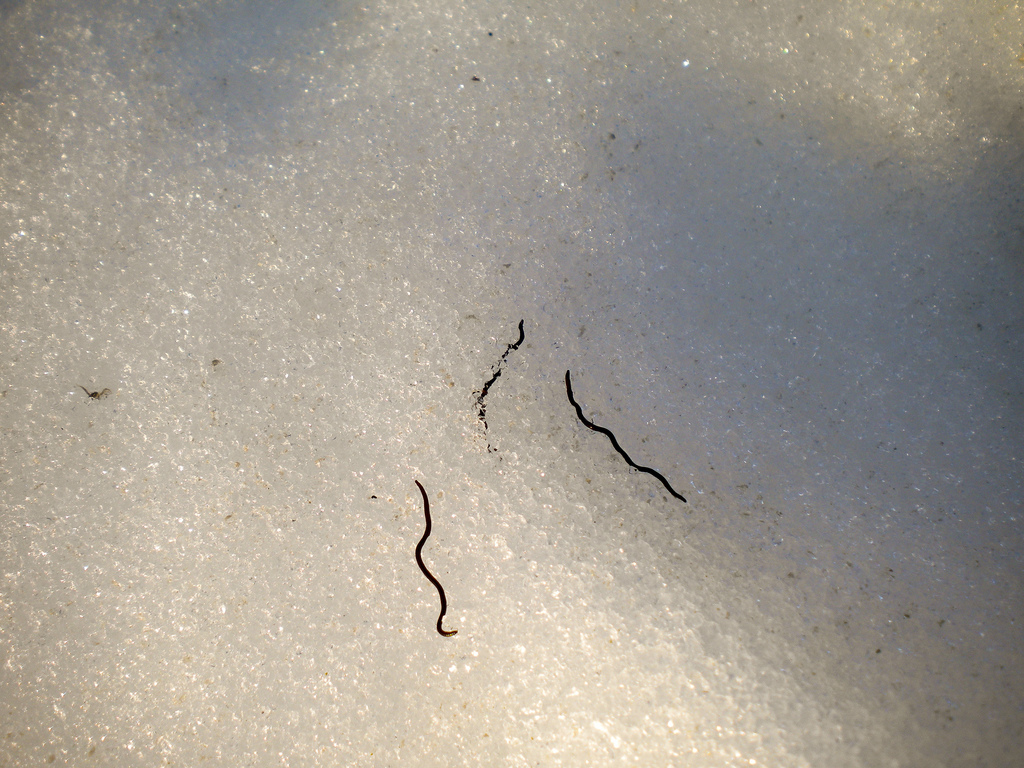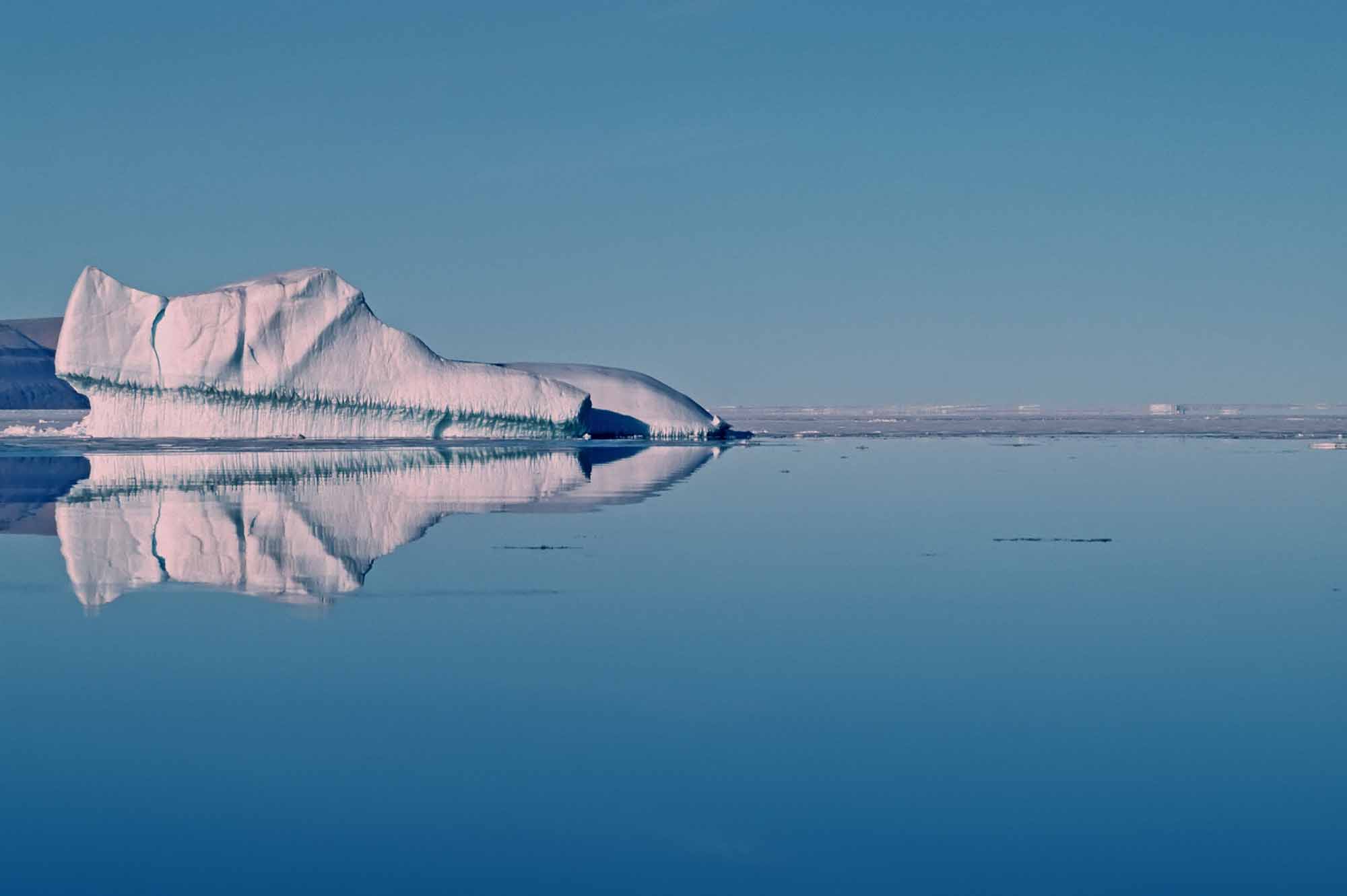Browse "Things"
-
Article
Ice Cap
Ice caps are large masses of ice that rest on land and cover most of the underlying landscape.
"https://d2ttikhf7xbzbs.cloudfront.net/media/media/8db9e099-bf02-4b3d-953a-6fdd258ef9d2.jpg" // resources/views/front/categories/view.blade.php
https://d2ttikhf7xbzbs.cloudfront.net/media/media/8db9e099-bf02-4b3d-953a-6fdd258ef9d2.jpg
-
Article
Ice Hockey in Canada
Hockey is Canada's official national winter sport and perhaps its greatest contribution to world sport. Canada is considered the birthplace of ice hockey, and Canadians generally regard the sport as their own.
"https://d2ttikhf7xbzbs.cloudfront.net/media/media/2c6ca9b6-8fde-48d1-9535-dca0795b7eda.jpg" // resources/views/front/categories/view.blade.php
https://d2ttikhf7xbzbs.cloudfront.net/media/media/2c6ca9b6-8fde-48d1-9535-dca0795b7eda.jpg
-
Article
Ice Skating
Ice skating probably originated in Scandinavia over 2000 years ago as a means of transportation.
"https://d2ttikhf7xbzbs.cloudfront.net/media/media/2b947338-f390-4eab-85b0-00adeb0911eb.jpg" // resources/views/front/categories/view.blade.php
https://d2ttikhf7xbzbs.cloudfront.net/media/media/2b947338-f390-4eab-85b0-00adeb0911eb.jpg
-
Article
Ice Storm of 1998
The ice storm of 1998 was one of the largest natural disasters in Canadian history. Between 4 and 10 January 1998, sections of the St. Lawrence Valley from Kingston to Québec’s Eastern Townships received up to 100 mm of ice pellets and freezing rain — more than double the icy precipitation normally received in those areas in a whole year. The storm claimed as many as 35 lives, injured 945, and resulted in the temporary displacement of 600,000 people. Several roads were shut down and massive power outages occurred, cutting off electricity for nearly 1.4 million customers in Québec and over 230,000 in eastern Ontario. The total financial cost of the storm is estimated at $5.4 billion.
"https://d2ttikhf7xbzbs.cloudfront.net/media/media/50883f65-a6e7-4f26-9c7b-ffd9ab7625ee.jpg" // resources/views/front/categories/view.blade.php
https://d2ttikhf7xbzbs.cloudfront.net/media/media/50883f65-a6e7-4f26-9c7b-ffd9ab7625ee.jpg
-
Article
Ice-Worm
Ice-Worm is a common name for Mesenchytraeus solifugus, a dark-pigmented oligochaete worm (see Annelida) up to 4 cm long, found in tangled masses in the melting ice of glaciers in the Pacific Northwest.
"https://d2ttikhf7xbzbs.cloudfront.net/media/media/25bbe783-e94c-4888-aa84-74bdb154a390.jpg" // resources/views/front/categories/view.blade.php
https://d2ttikhf7xbzbs.cloudfront.net/media/media/25bbe783-e94c-4888-aa84-74bdb154a390.jpg
-
Article
Iceberg
An iceberg is a piece of ice that has become detached from its parent glacier by a process known as calving.
"https://d2ttikhf7xbzbs.cloudfront.net/media/media/0b282b25-029b-4fa5-85e1-aef4b1039571.jpg" // resources/views/front/categories/view.blade.php
https://d2ttikhf7xbzbs.cloudfront.net/media/media/0b282b25-029b-4fa5-85e1-aef4b1039571.jpg
-
Article
Icebreakers
Icebreakers were first used in the Canadian Arctic in the 1920s to deliver supplies and services to Native and isolated settlements during the short summer season, and to back up claims of Canadian sovereignty over the NORTHWEST PASSAGE and ARCTIC ARCHIPELAGO.
"https://d2ttikhf7xbzbs.cloudfront.net/media/media/737e507c-57e6-4b84-9ef9-d68151cd83af.jpg" // resources/views/front/categories/view.blade.php
https://d2ttikhf7xbzbs.cloudfront.net/media/media/737e507c-57e6-4b84-9ef9-d68151cd83af.jpg
-
Article
Icelandic Music In Canada
The first large group of Icelanders arrived in Canada in 1873 and by 1875 had settled on the western shore of Lake Winnipeg. Their colony (which included present-day Gimli and Riverton, Man), was known as New Iceland, was self-governing, and had its own constitution.
"https://development.thecanadianencyclopedia.ca/images/tce_placeholder.jpg?v=e9dca980c9bdb3aa11e832e7ea94f5d9" // resources/views/front/categories/view.blade.php
https://development.thecanadianencyclopedia.ca/images/tce_placeholder.jpg?v=e9dca980c9bdb3aa11e832e7ea94f5d9
-
Article
Iconic Highways in Canada
Canada’s most iconic highways were all built in the 20th or 21st centuries. Before the car became popular, good roads were hard to find once you left a city. As simple as they seem, it’s expensive to build and maintain roads. Rural routes were often treacherous for travelers. Modern highways connect our massive country. A few of them stand out for their length, origins, or wondrous landscapes.
"https://d2ttikhf7xbzbs.cloudfront.net/media/new_article_images/IconicHighways/AlaskaHwy.jpg" // resources/views/front/categories/view.blade.php
https://d2ttikhf7xbzbs.cloudfront.net/media/new_article_images/IconicHighways/AlaskaHwy.jpg
-
Article
Idle No More
With roots in the Indigenous community, Idle No More began in November 2012 as a protest against the introduction of Bill C-45 by Stephen Harper’s Conservative government. Formally known as the Jobs and Growth Act, this omnibus legislation affected over 60 acts, including the Indian Act, Navigable Waters Protection Act and Environmental Assessment Act. Idle No More activists argued that the Act’s changes diminished the rights and authority of Indigenous communities while making it easier for governments and businesses to push through projects without strict environmental assessment. The movement quickly gained supporters from across Canada (and abroad), and grew to encompass environmental concerns and Indigenous rights more generally. This is the full-length entry about Idle No More. For a plain-language summary, please see Idle No More (Plain-Language Summary).
"https://d2ttikhf7xbzbs.cloudfront.net/media/media/00339332-5ac9-4b3b-8578-b7200b7db6fc.jpg" // resources/views/front/categories/view.blade.php
https://d2ttikhf7xbzbs.cloudfront.net/media/media/00339332-5ac9-4b3b-8578-b7200b7db6fc.jpg
-
Article
If Day
If Day was a mock occupation of Winnipeg, Manitoba, on 19 February 1942 during the Second World War. The occupying Nazi force was portrayed by volunteers from the Young Men’s Section of the Winnipeg Board of Trade. If Day was intended to demonstrate what life under Nazi occupation might be like, and consequently, encourage people to buy war bonds (also called Victory Loans), which generated millions of dollars for the war effort. If Day was also a military exercise involving approximately 3,500 personnel, the largest in the city’s history to that date.
"https://d2ttikhf7xbzbs.cloudfront.net/If-Day/BondsorBondage.jfif" // resources/views/front/categories/view.blade.php
https://d2ttikhf7xbzbs.cloudfront.net/If-Day/BondsorBondage.jfif -
Article
Igloo
Igloo (iglu in Inuktitut, meaning “house”), is a winter dwelling made of snow. Historically, Inuit across the Arctic lived in igloos before the introduction of modern, European-style homes. While igloos are no longer the common type of housing used by the Inuit, they remain culturally significant in Arctic communities. Igloos also retain practical value: some hunters and those seeking emergency shelter still use them. (See also Architectural History of Indigenous Peoples in Canada.)
"https://d2ttikhf7xbzbs.cloudfront.net/media/media/c2d6c124-118d-48ab-8885-4339202966e8.jpg" // resources/views/front/categories/view.blade.php
https://d2ttikhf7xbzbs.cloudfront.net/media/media/c2d6c124-118d-48ab-8885-4339202966e8.jpg
-
Article
Igneous Rock
Early formed, dense crystals may separate from the magma, causing a change in the composition of the residual melt.
"https://development.thecanadianencyclopedia.ca/images/tce_placeholder.jpg?v=e9dca980c9bdb3aa11e832e7ea94f5d9" // resources/views/front/categories/view.blade.php
https://development.thecanadianencyclopedia.ca/images/tce_placeholder.jpg?v=e9dca980c9bdb3aa11e832e7ea94f5d9
-
Editorial
Editorial: Igor Gouzenko Defects to Canada
The following article is an editorial written by The Canadian Encyclopedia staff. Editorials are not usually updated. A knock on the apartment door froze him in his steps. Another knock, louder, more insistent. The knocking turned to pounding. A voice called his name several times. Finally, the pounding stopped, and he heard footsteps going down the stairs. He knew he needed help.
"https://d2ttikhf7xbzbs.cloudfront.net/media/media/ef877228-646a-42e0-8096-b939feb24100.jpg" // resources/views/front/categories/view.blade.php
https://d2ttikhf7xbzbs.cloudfront.net/media/media/ef877228-646a-42e0-8096-b939feb24100.jpg
-
Table
Canadian Men's Hockey Team at the World Championships
1920 to 1963 Note 1: Canada did not have a national hockey team until 1964. From 1920 to 1963, the winner of the Allan Cup usually represented the country at the Olympics and world championships. Note 2: From 1920 to 1968, the Olympic hockey tournament also counted as the world championship. Year Host Canadian Team Result Champion 1920 Antwerp, Belgium Winnipeg Falcons GOLD Canada 1924 Chamonix, France Toronto Granites GOLD Canada 1928 St. Moritz, Switzerland...
"https://development.thecanadianencyclopedia.ca/images/tce_placeholder.jpg?v=e9dca980c9bdb3aa11e832e7ea94f5d9" // resources/views/front/categories/view.blade.php
https://development.thecanadianencyclopedia.ca/images/tce_placeholder.jpg?v=e9dca980c9bdb3aa11e832e7ea94f5d9

